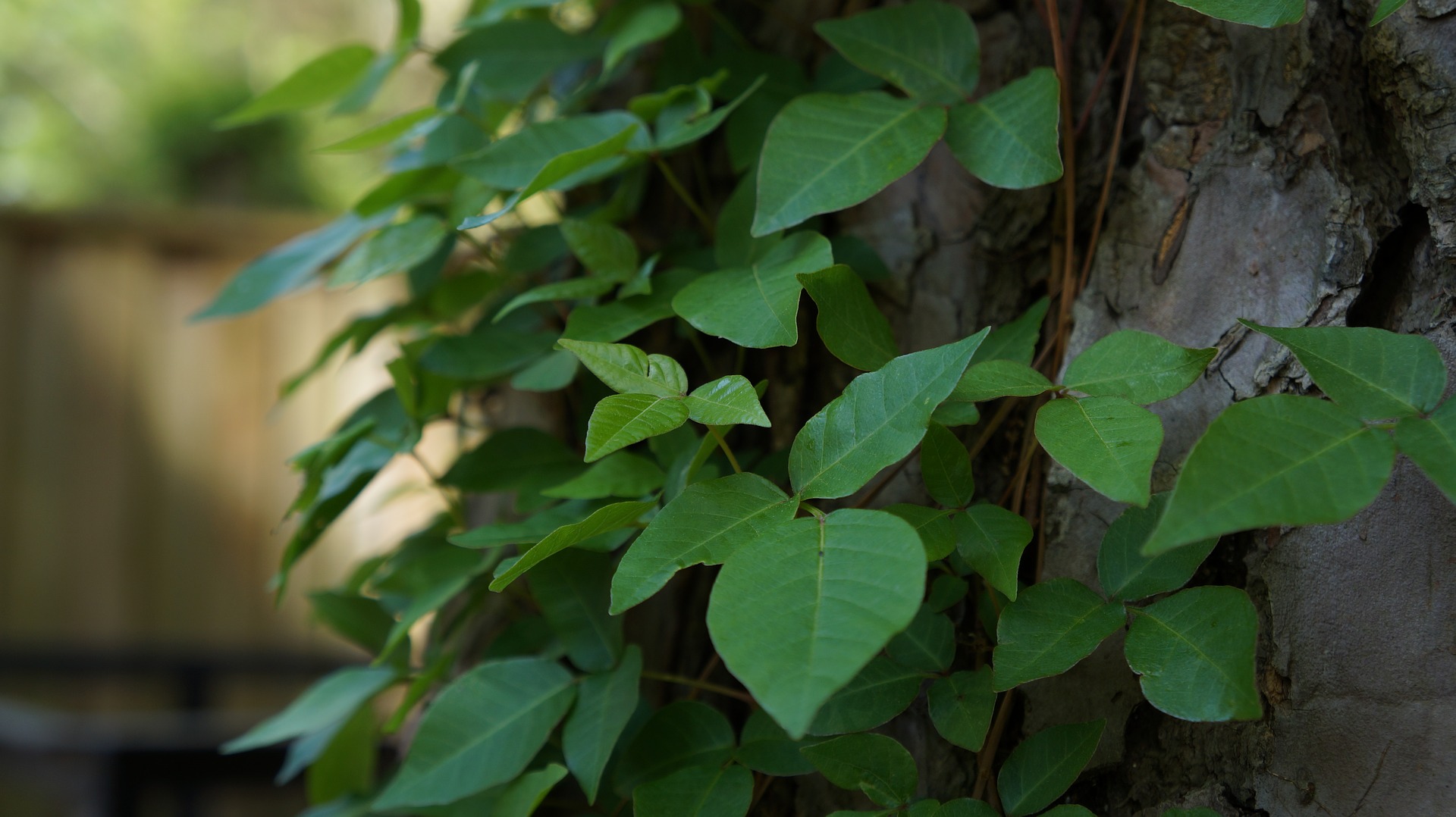MaggDens
NJ Garden Supply
Poison Ivy Removal

Poison Ivy Removal Services
Our professional poison ivy removal services include safe and effective removal of poison ivy by using only a 100% organic removal solution. We will remove poison ivy from residential, commercial, and industrial areas. We can set up a one time clean up to annual contracts for larger properties. For more information or to schedule your poison ivy removal, please call 201-848-2235.
Identifying, Removing, and Treating Poison Ivy
Walking through the woods and admiring all of nature’s goodness can be such a natural rush. Unfortunately, there is a culprit hiding in all that beauty. It’s poison ivy, and if you aren’t careful you can get a rash that can make life miserable. But because this plant looks so innocent you don’t realize the seriousness until you have gotten the blistering itchy rash that can last up to weeks, and also could be life-threatening.
Identifying Poison Ivy
Poison Ivy blends in so well with other plants that sometimes it is hard to identify. There will always be three leaves to a stem. Of the three leaves, the middle main leaf is a bit larger than the side leaflets. Poison ivy can be a vine, plant, or grow as a bush, making this plant hard to identify. The leaf itself can be textured or smooth, glossy or dull. The leaf shape may have a notch or smooth edges, never serrated, so at least we can somewhat narrow down a few masqueraders! You may also notice the reddish-green stems or vines and may be accompanied by green berries or tiny white flowers. Poison ivy leaves change throughout the year, so be aware that the leaves can be a reddish-green to a reddish-brown in the autumn/winter, and bright green to a deep green in the spring/summer. No matter what time of year, poison ivy can infect.
Oily Substance of Poison Ivy
It is the oily substance on the leaf that is harmful, one pinhead of this oil (urushiol*) can infect up to 500 people and if left on a surface for 5 years, it can still potent to infect. *When the Japanese restored the gold leaf on the Golden Temple in Kyoto, they painted the urushiol lacquer on the gold to preserve it. Brushing against poison ivy’s oily leaves with any body part may result in a red splotchy rash with blisters, depending on the penetration and spread of the oils.
Poison Ivy Removal
Removal of this poison ivy should be done professionally especially if the area is large and in areas that are hard to reach, such as trees. If the area is small patches of poison ivy cover the area with newspaper and black plastic bags. The lack of sunlight will smother the plants after 3-4 weeks. Make sure you wear protective clothing such as a long-sleeved shirt, long pants, socks and shoes, and long lined rubber gloves that you can throw away (do not use latex as they are too thin and can easily roll-off). Pull the vines and stuff them into plastic garbage bags. Knot up bags and dispose of it in the garbage. Throw away gloves and wash clothes immediately. Never try to mow or use a weed wacker as the blade or string may make the oils fly in the air, multiplying your chances of hitting the human skin. Setting fire to Poison Ivy can be worse, the fumes can get into the lungs and hospitalization may be required.
Treating Poison Ivy
If you touch Poison ivy, usually within 15 minutes you will start to itch and the area will start to burn. As soon as possible the number one thing to do is douse the area with cold running water for 10-15 minutes minimally, and do not rub! Rushing water will dissipate those oils and keep your pores closed. If you use warm or hot water, your pores will open and the oils will seep in and spread, which makes the rash spread. After dousing with cold water, air dry. There are several over the counter remedies such as calamine lotion. Ask your pharmacist about other over the counter remedies. If the area is widespread and blistered, call your personal physician.
